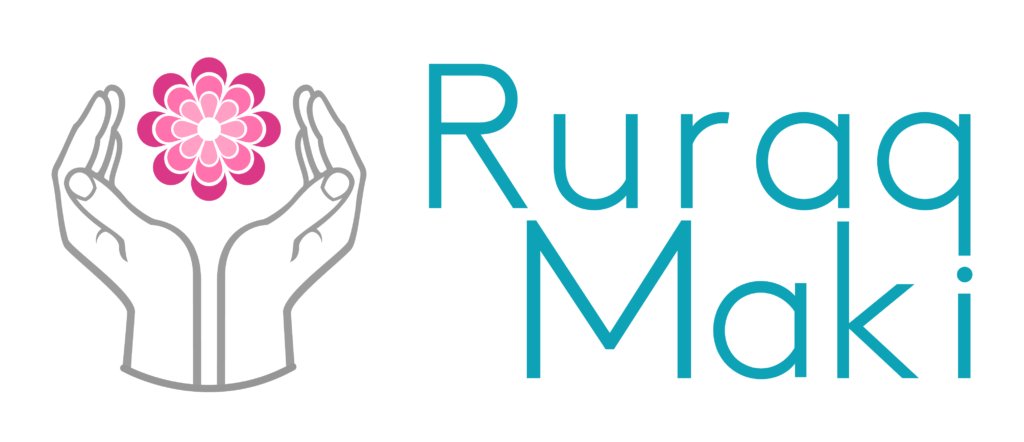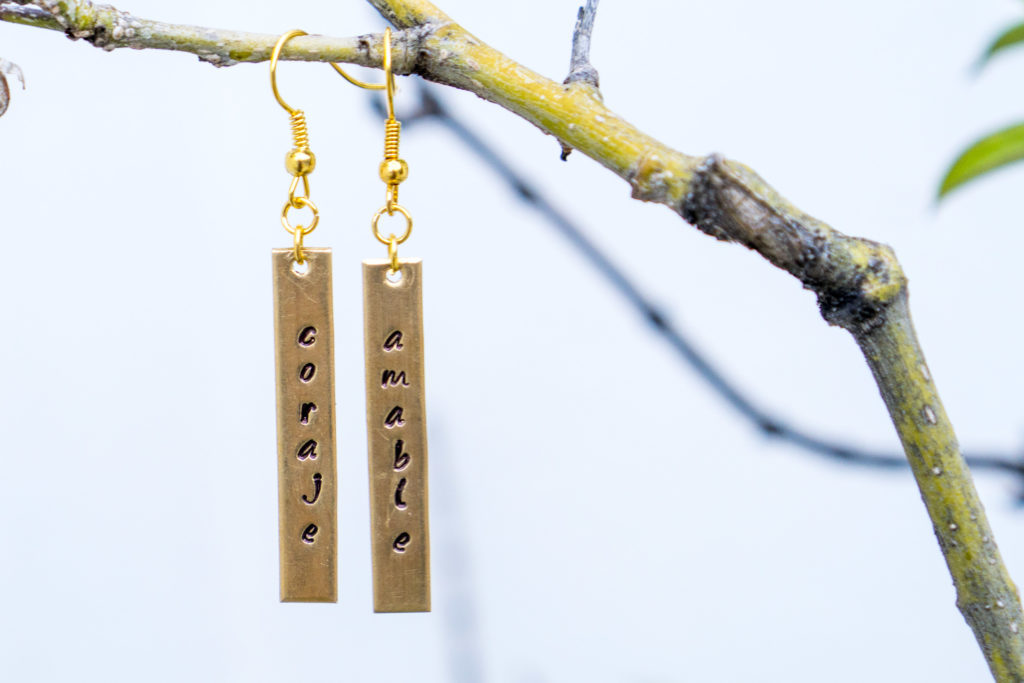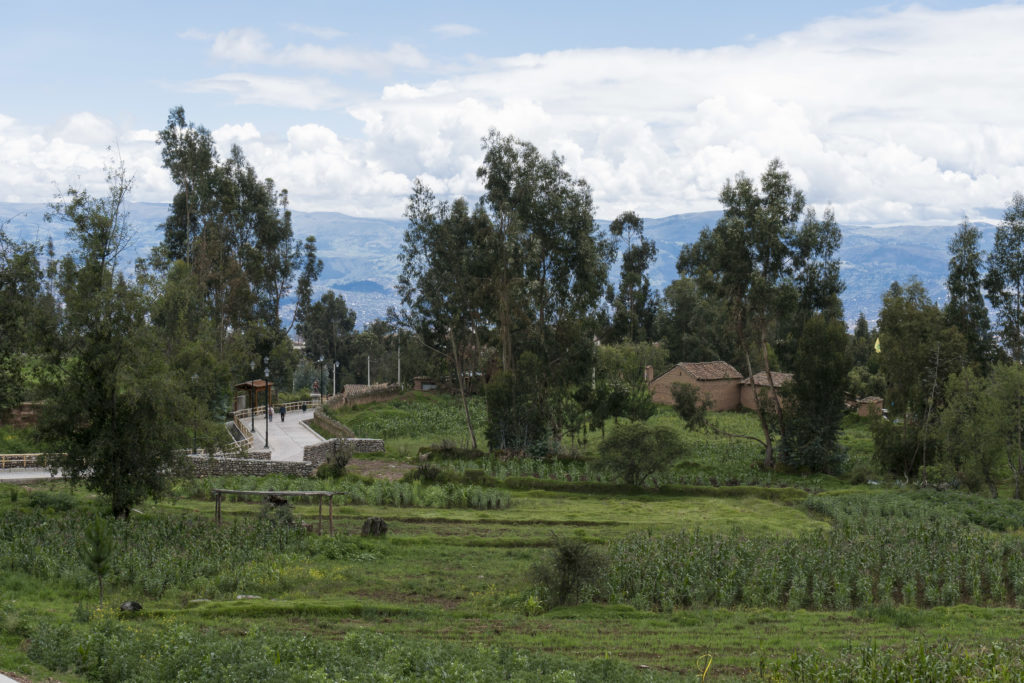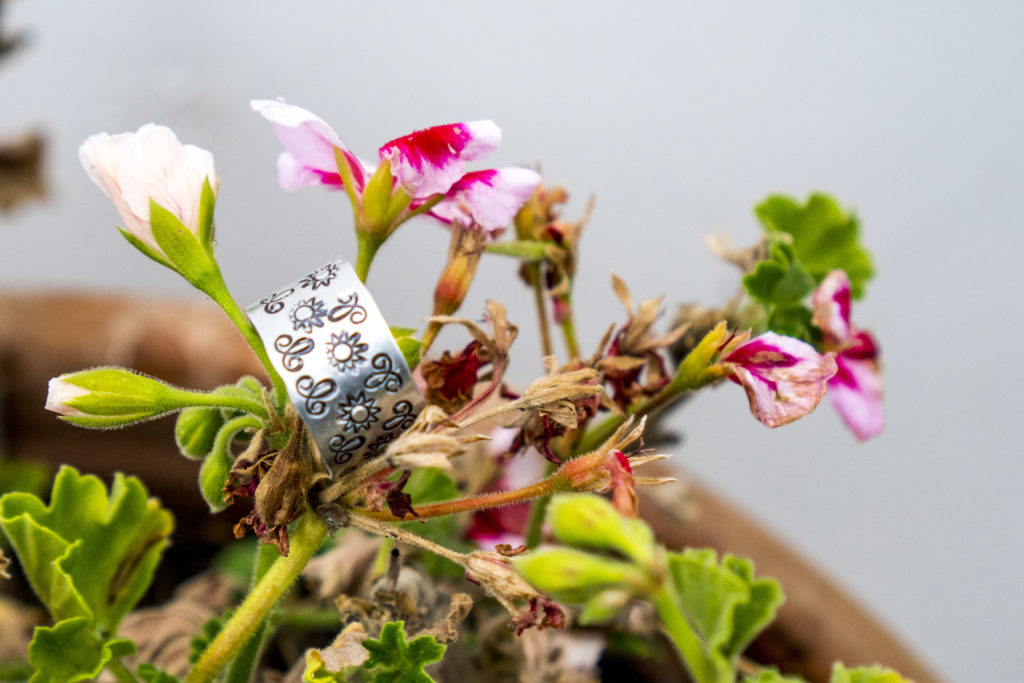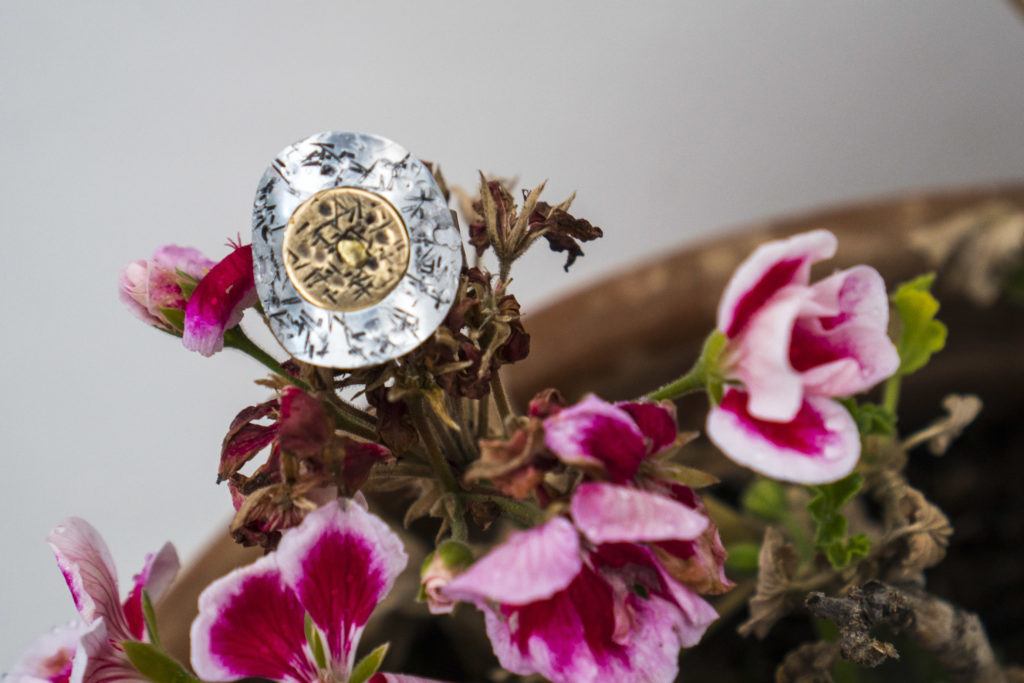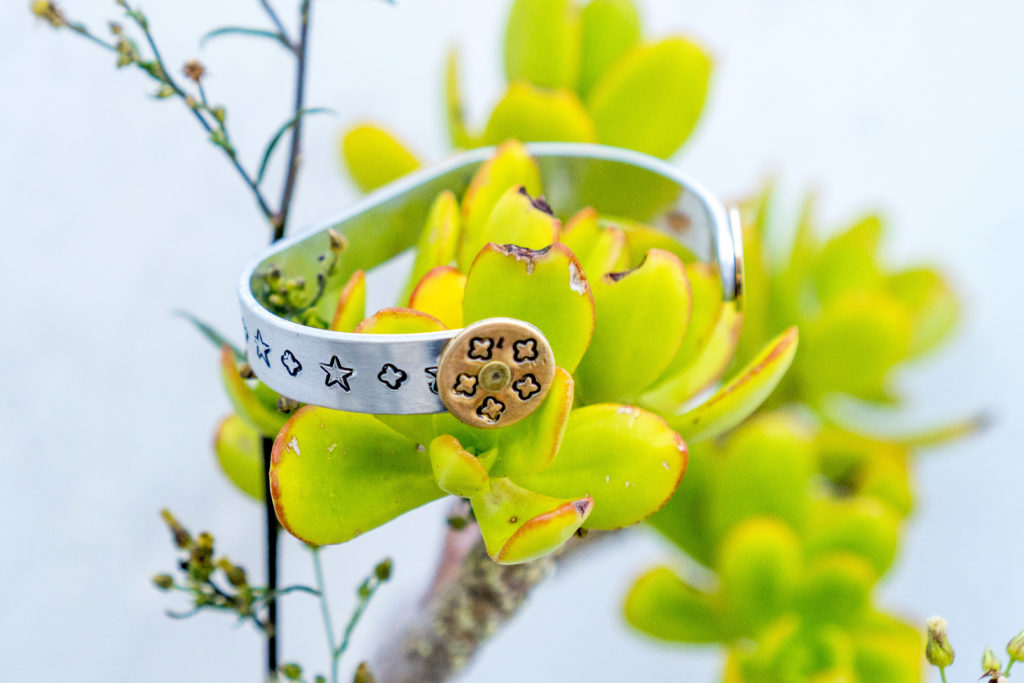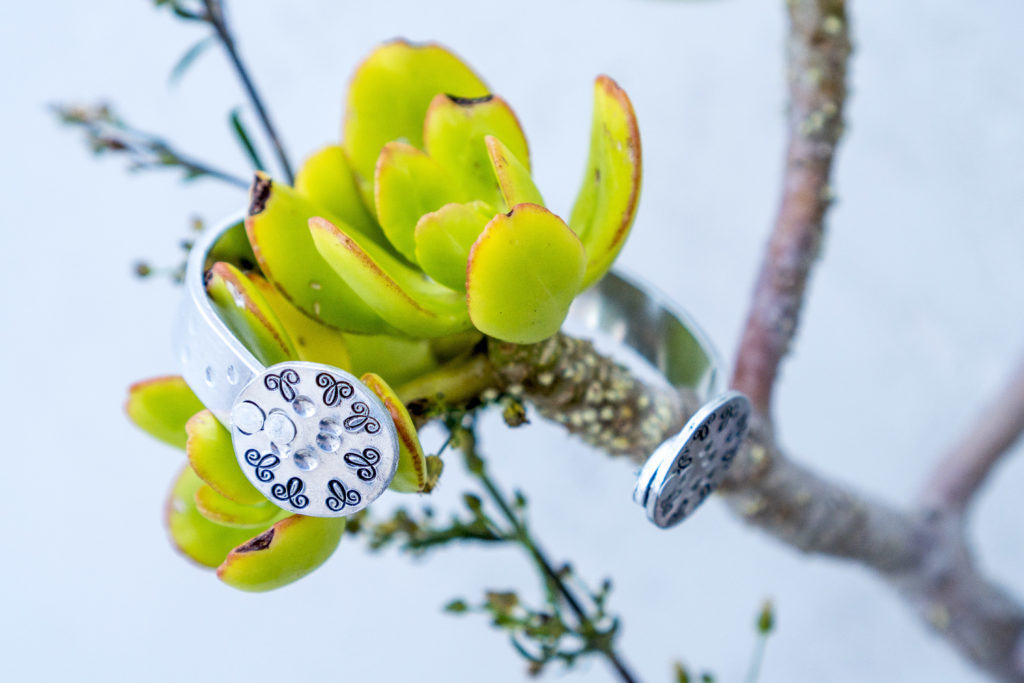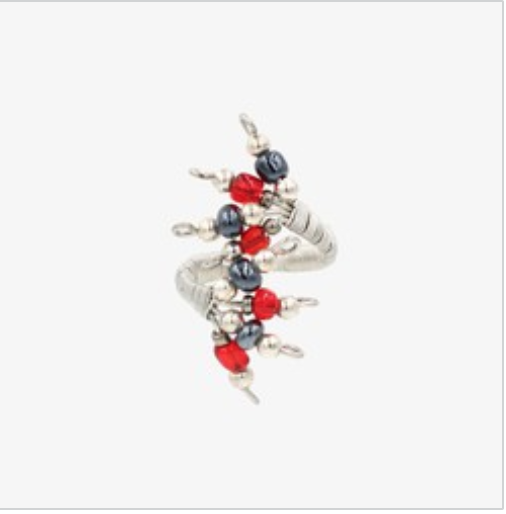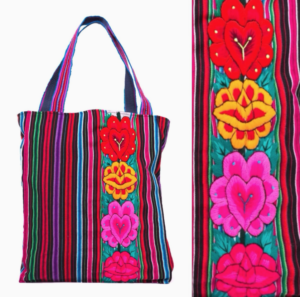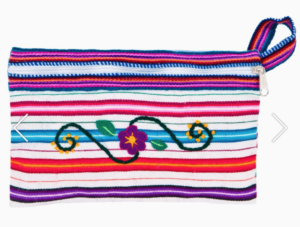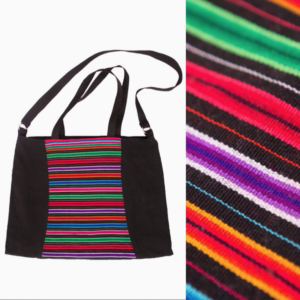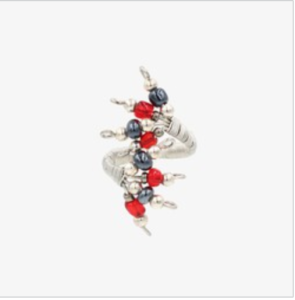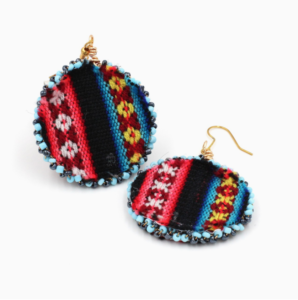Highlights:
Today I got a sneak peek of our embroidered jewelry order that we are collecting tomorrow and the work the women are doing is amazing! This might be one of the best rounds yet of our embroidered jewelry and we have a new group of women working on the order. The best part is that one of the new women approached me today and asked me if she could continue making jewelry for future orders because she likes it so much. That’s wonderful because part of our mission is creating work that the women like to do!
We also made earrings today! For today’s project, instead of sample, I brought loose ideas because I wanted the women to experiment with their own ideas. Something that we often see in the local market is that people replicate other people’s designs. Often the artisan stands have the same products over and over again.
We, on the other hand, want to encourage the women to explore their own creativity and design ideas. An they are! Each woman approached the metal stamped earrings differently and their personalities as artists stood out. While some went complex with lots of patterns and pieces layered together, others went simple, clean, and minimal with inspiration words and phrases.
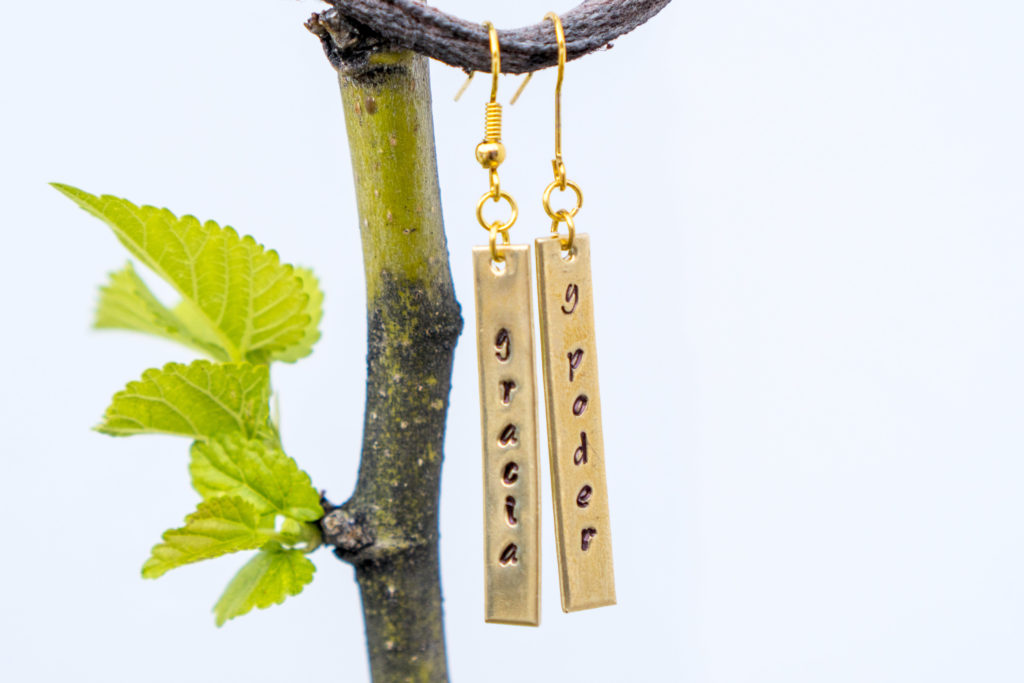
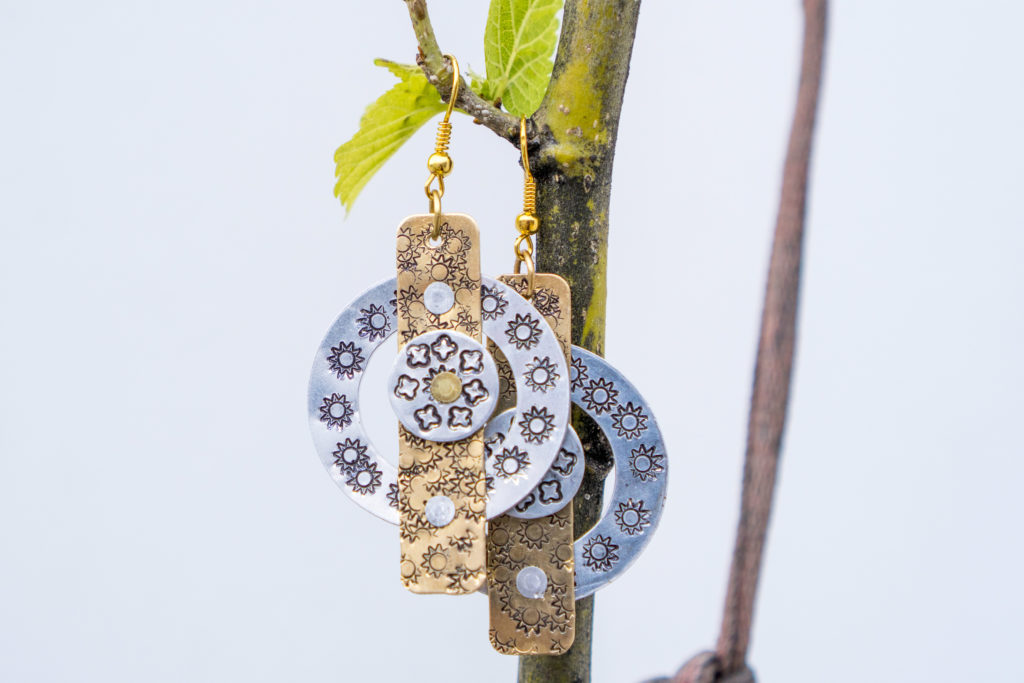
Seeing the women step into themselves as artists and develop a unique style is inspiring. This is how they go beyond techniques to designers. And this is the first step to building a brand for their work.
After the prison I had lunch with Gladys, who used to be incarcerated and was released in 2016. We had a great time catching up over lunch and she is doing well. The only hard things is that she also has osteoporosis (again the doctors think due to the prison conditions) and she broke her foot a few months ago.
To get to her house requires walking down a big rocky hill. That means that while her foot was broken she was unable to work because she couldn’t walk. Instead, she stayed in bed for several months. Because of this she lost some of the momentum of her sewing business. Also, she told me that her hands are weak and hurting, which means it’s much harder for sew.
Not to fear, though! Gladys is a natural entrepreneur and has a new business going to Lima to buy used American clothing and then to the jungle to sell the clothes at a small markup. She just got back from one round of doing this and is going back next week to do it again. She says it’s going very well.
To me, Gladys is the true definition of an entrepreneur. She’s always thinking of new ways to earn money and following through with her plans.
